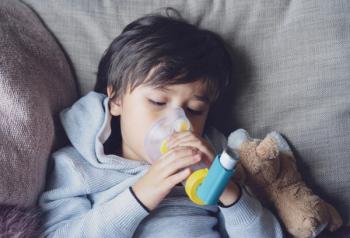
AAMI Foundation Launches Campaign To Promote Continuous Monitoring of Patients on Opioids
For Immediate Release:
November 6, 2014
Foundation Launches Campaign To Promote Continuous Monitoring of Patients on Opioids
The AAMI Foundation, with the support of key industry partners, is launching a multiyear initiative to highlight a potentially devastating patient safety problem—and to make the case for a solution that can save lives.
The issue is that of patients who are on opioids. For patients in pain, the use of such drugs can be invaluable to their well-being and healing. However, their use comes with risks, and can result in respiratory depression, even death, in some patients, a danger that was highlighted in a cover story in AAMI’s peer-reviewed journal, BI&T (Biomedical Instrumentation & Technology). The solution? Continuous monitoring of all patients on opioids.
To that end, the AAMI Foundation has assembled The National Coalition to Promote Continuous Monitoring of Patients on Opioids, and the group is holding its kick-off event next week in Chicago.
“We have a problem that stems from the best of intentions—easing the suffering of patients. However, some patients suffer severe respiratory depression from the use of opioids,” said Marilyn Neder Flack, senior vice president of patient safety initiatives at AAMI and executive director of the AAMI Foundation, which runs the Healthcare Technology Safety Institute. “Since it is currently not possible to predict which patients will have this type of reaction, periodic monitoring of these patients will not detect the early onset of when the patient starts to be in trouble. Failure to promptly detect this change in the patient’s condition can be deadly. The good news is that a solution is out there—continuous electronic monitoring.”
On Nov. 14, invited patient safety advocates, researchers, executives in the medical device industry, clinicians, hospital administrators, healthcare technology professionals, representatives from stakeholder-professional societies, and families who have lost loved ones to respiratory depression connected to opioids will gather to build the case for continuous monitoring of all patients receiving opioids.
This effort is unlike past initiatives in this space in that the goal is to develop recommendations for how hospitals can overcome the barriers to continuous monitoring of these patients. Presentations will demonstrate strong financial justification and improved patient outcomes when continuous monitoring is used. Powerful testimonials are expected from families who will talk about their losses.
The campaign is expected to unfold in phases over several years. Through the use of webinars, publications, online resources, conference proceedings, and general outreach, members of the coalition hope to rally the entire healthcare community behind the idea that continuous monitoring must become standard operating procedure for patients on opioids.
“The change won’t happen overnight, but it must happen,” Flack said. “And, working together, we can make it happen.” The current industry partners for this initiative are Covidien, Masimo, Respiratory Motion, the San Diego Patient Safety Council, Connexall, Sotera Wireless, and Early Sense. Others are expected to join the coalition soon. These companies are contributing their time and money to support the work of this new coalition.
For more information about the coalition and its plans, please visit www.aami.org/htsi/opioids/index.html. AAMI (www.aami.org) is a nonprofit organization founded in 1967. It is a diverse community of nearly 7,000 healthcare technology professionals united by one important mission—supporting the healthcare community in the development, management, and use of safe and effective medical technology.
Newsletter
Stay informed on drug updates, treatment guidelines, and pharmacy practice trends—subscribe to Pharmacy Times for weekly clinical insights.








































































































































































































